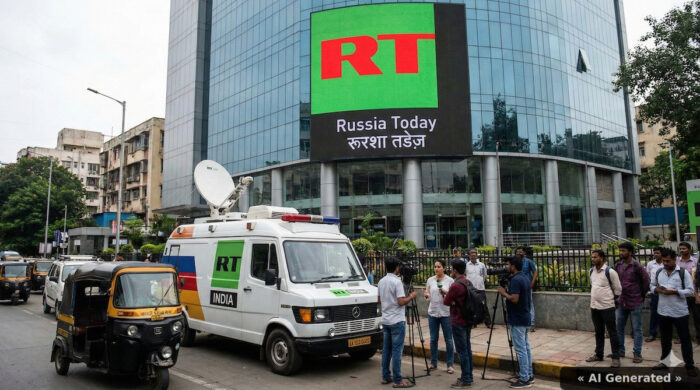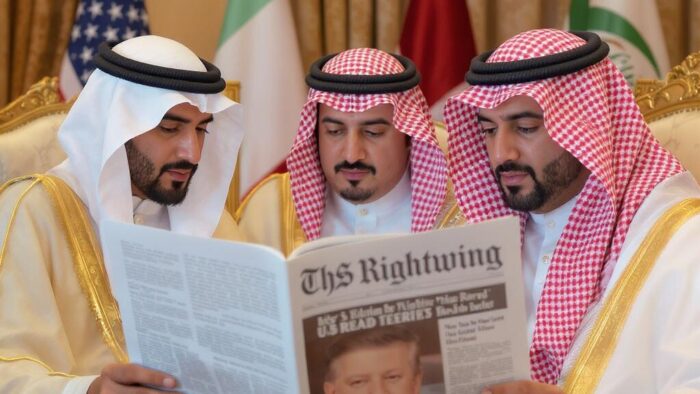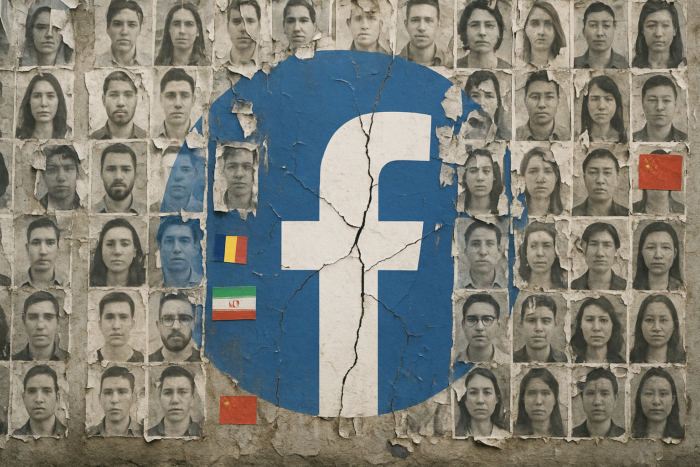The Institute for Strategic Dialogue (ISD), a UK think tank, reported last week that in the days before the Russian invasion of Ukraine, a series of hashtags began to emerge on Twitter in support of Russia and Russian President Vladimir Putin. IDS research determined the hashtags #IstandwithRussia and #IstandwithPutin were pushed by a mix of inauthentic accounts and real voices, suggesting a coordinated Russian influence operation. According to the ISD report:
March 8, 2022 In the days before the Russian invasion of Ukraine, a series of hashtags began to emerge on social media that managed to be simultaneously surprising and predictable. As the invasion began, in the UK and around the world, #IstandwithPutin and #IstandwithRussia began to trend on Twitter. What was going on? Was some deep bedrock of pro-Kremlin solidarity finding its voice? The Times seemed to think so, reporting that the hashtags were also trending in India, and noting “a strong strain of anti-Americanism” in the country. To those of us who work on platform manipulation, however, there was nothing surprising in seeing #IstandwithRussia lurch into view. From elections and summits to conflicts and full-blown wars, we’ve watched for years as a tradecraft has developed. Alongside air, sea, land and space, information too is a theatre of war. What we were observing seemed to be a manouever in that theatre. Sure enough, research began to emerge looking at the behaviour associated with these hashtags. In one thread, Marc Owen Jones pointed to a spam network using the hashtag to try to sell electronics. The voices they were amplifying, he explained, were often flimsy, day-old accounts containing stock images, with suspiciously high engagement rates and coherent messaging. All of this points away from a genuine social movement online and towards an influence operation pretending to be one. It sported a signature array of tactics: inauthentic identities, real voices, automated amplification and carefully choreographed messaging. It is never going to be more important to spot information warfare than in the days ahead. With this in mind, we wanted to take a look at #IstandwithRussia from a different angle. We have been interested in how this operation built up in the days leading up to the invasion, and as the tanks rolled over the border.
Read the full report here.
The ISD report shows that between February 26 to March 1, the hashtag #IStandwithRussia was amplified by 3,474 tweets and 12,568 retweets, and in the following days, the hashtag reached a total of 153,558 tweets. While Twitter later took down more than a third of the tweets using the hashtag, the ISD report concludes that the network had already achieved what it likely set out to do: It had been trending on Twitter and received media coverage by the Times and other outlets.
Global Influence Operations Report (GIOR) research revealed last week that the hashtag campaign was also picked up by Chinese state-backed media outlet The Global Times, which claimed the hashtags were a sign that netizens from around the world would “join in to criticize the US and Western countries’ hypocrisy.”








